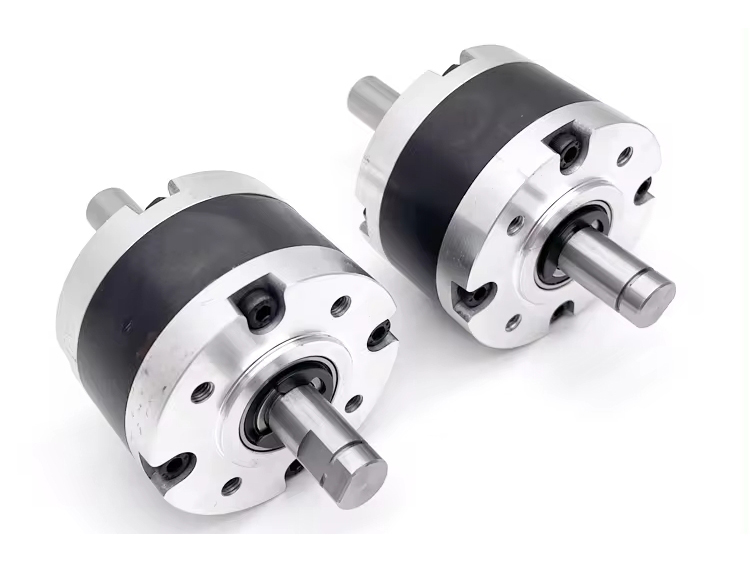Gearbox noise is mainly composed of various sound waves generated by gears during transmission. It may originate from vibration during gear meshing, tooth surface wear, poor lubrication, improper assembly or other mechanical faults. The following are some of the main factors affecting gearbox noise and the corresponding methods to reduce noise:
Factors affecting gearbox noise:
1. Gear design:
Tooth shape error: Incorrect tooth shape will cause additional vibration and noise during meshing.
Gear module and number of teeth: Different combinations of module and number of teeth will affect the meshing stability of the gear.
2. Processing and assembly errors:
Dimensional tolerances, shape tolerances and tooth direction errors during gear processing can lead to unstable meshing.
Deviation in the gear installation position can also cause noise.
3. Materials and heat treatment:
Material non-uniformity or defects will affect the vibration characteristics of the gear.
Improper heat treatment may cause gear deformation and stress concentration.
4. Lubrication condition:
Insufficient or improper lubrication will cause tooth surface wear, thereby increasing noise.
Inappropriate selected lubricant will also aggravate the generation of noise.
5. Load and speed:
The increase in load will cause greater stress during gear meshing, thereby increasing noise.
During high-speed operation, airflow and centrifugal force will also affect the generation of noise.
6. Box stiffness:
Inadequate cabinet stiffness can cause resonance, which amplifies noise.
7. Failure and Wear:
Failures such as tooth surface wear, pitting, and broken teeth will cause the gear to run unevenly, thereby increasing noise.
How to reduce gearbox noise:
1. Optimize gear design:
Use appropriate tooth shape and module to ensure smooth meshing.
Use non-sound barrier coating or shock-absorbing materials to reduce noise.
2. Improve processing and assembly accuracy:
Strictly control the tolerances of processing and assembly to ensure good gear meshing.
Improve the assembly process and reduce installation errors.
3. Select appropriate materials and heat treatment:
Use high-strength, low-noise materials.
Implement appropriate heat treatment process to improve the mechanical properties of the gear.
4. Improve lubrication conditions:
Regularly replace and maintain the lubrication system to ensure adequate lubrication.
Choose appropriate lubricants to reduce tooth surface friction and wear.
5. Load shedding and speed adjustment:
Adjust load and operating speed according to working conditions to avoid excessive load and high-speed operation.
6. Enhance the rigidity of the box:
Improve the box design and enhance its structural rigidity.
Use shock-absorbing materials or install shock absorbers to absorb vibration.
7. Regular maintenance and fault diagnosis:
Check the gearbox regularly to detect and deal with wear and failure in time.
Apply fault diagnosis technology, such as acoustic analysis, to identify and solve noise problems.
Post time: Apr-29-2024





